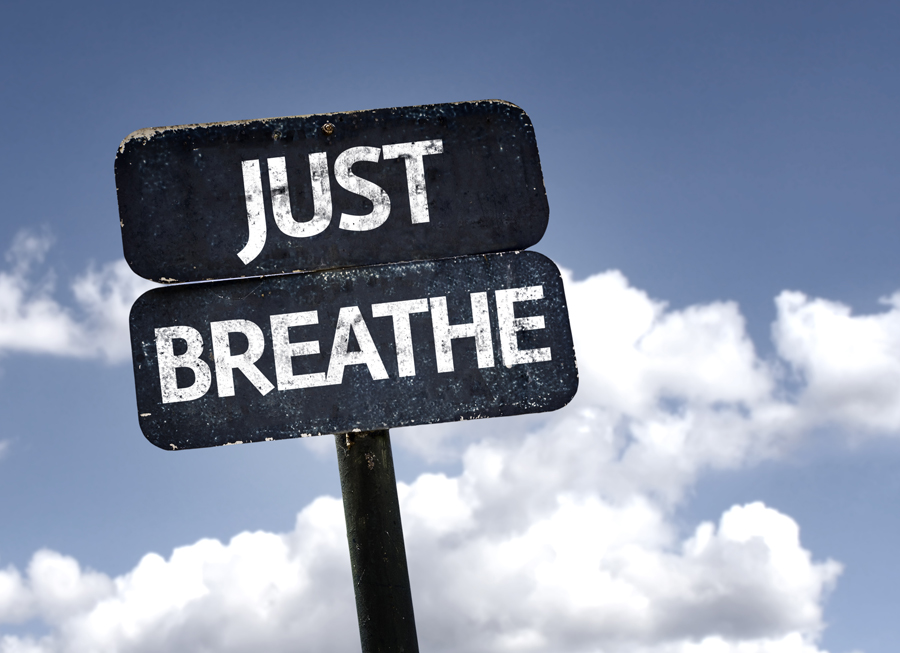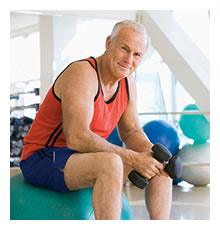Yoga for Mental Health
Since yoga has been found to help those with diseases and illnesses like Alzheimers, Arthritis, it’s a given that it can help ease mental health issues and disorders. A new review on the health benefits of yoga, published in Frontiers in Psychiatry, with help from researchers at Duke University School of Medicine, found that yoga could be a promising treatment for some mental illnesses.

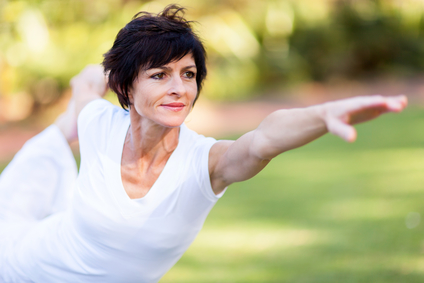

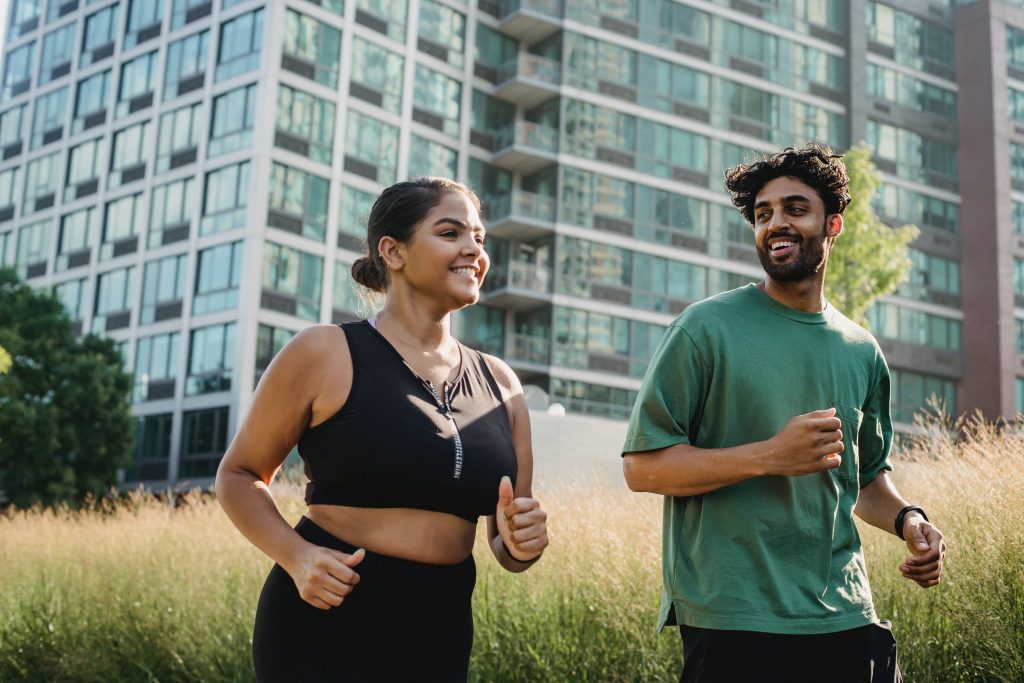


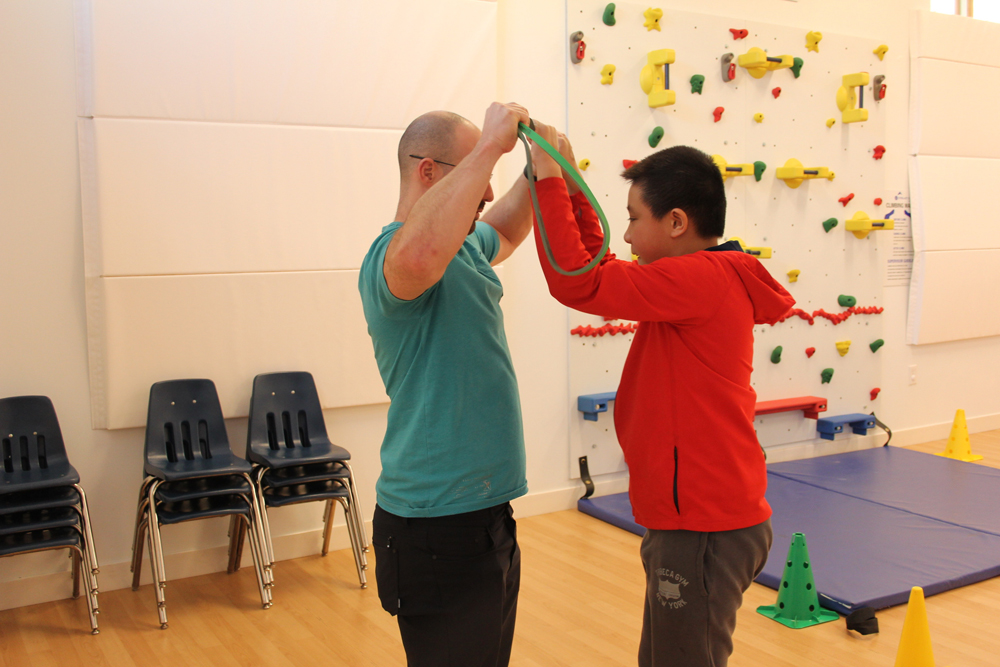

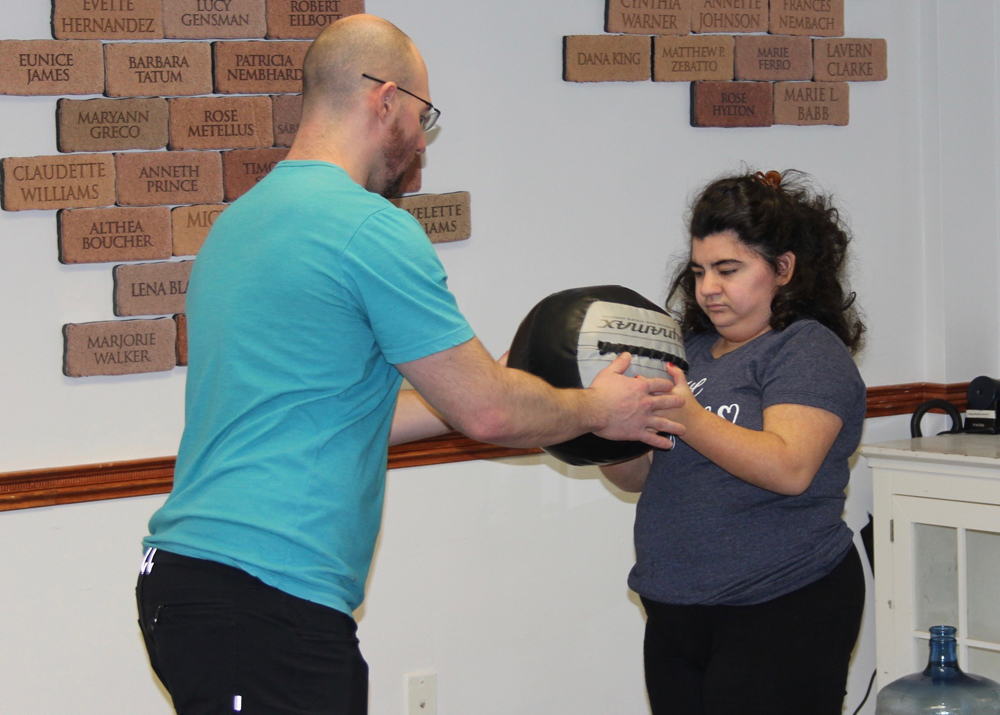
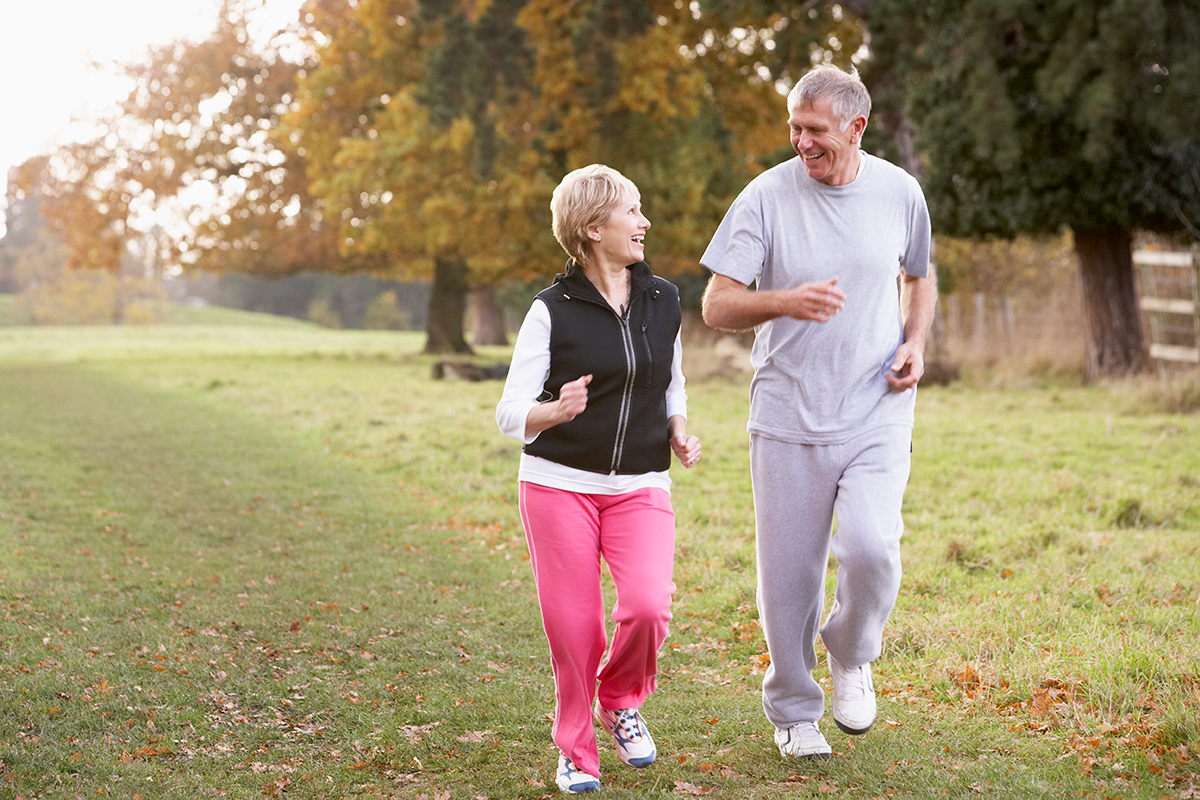

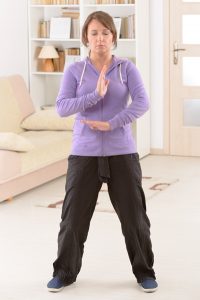 The studies concerned with the effect of Tai Chi on
The studies concerned with the effect of Tai Chi on 